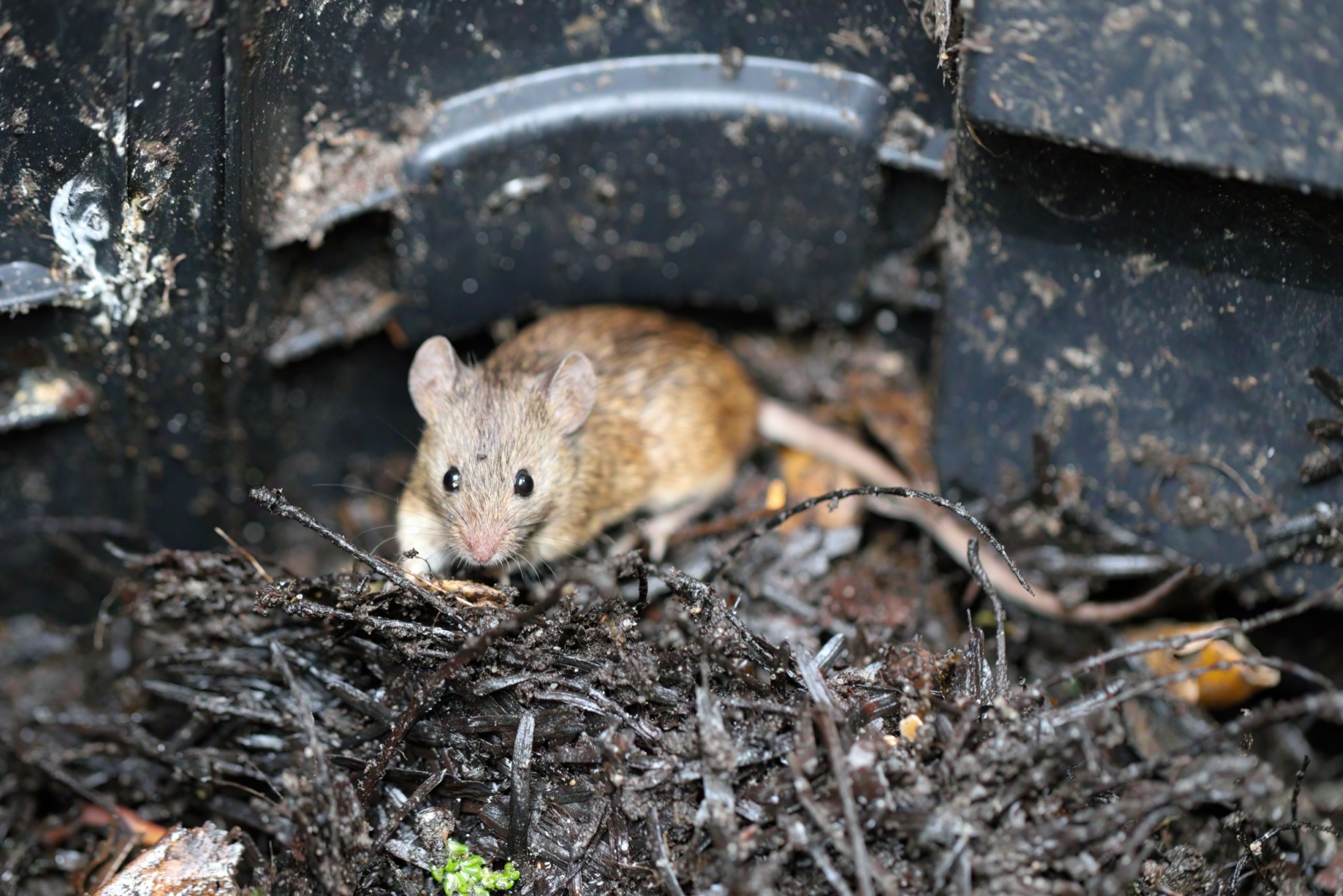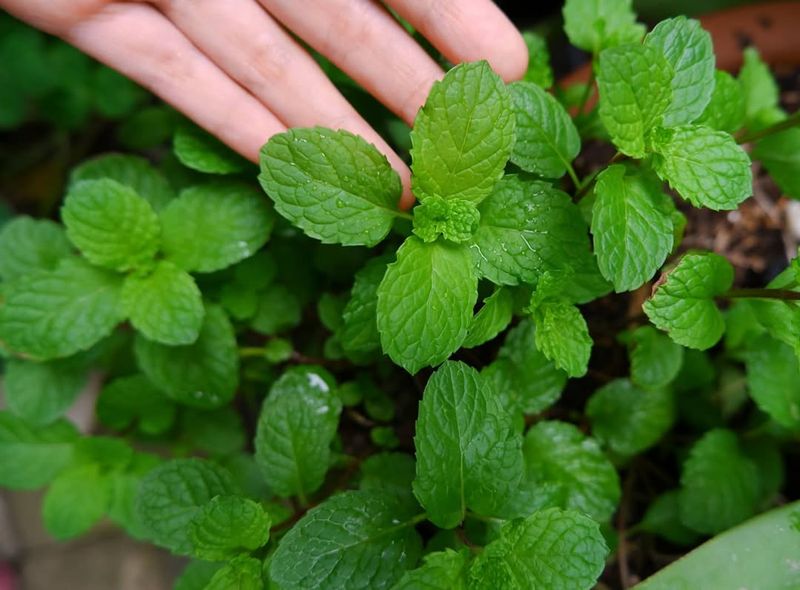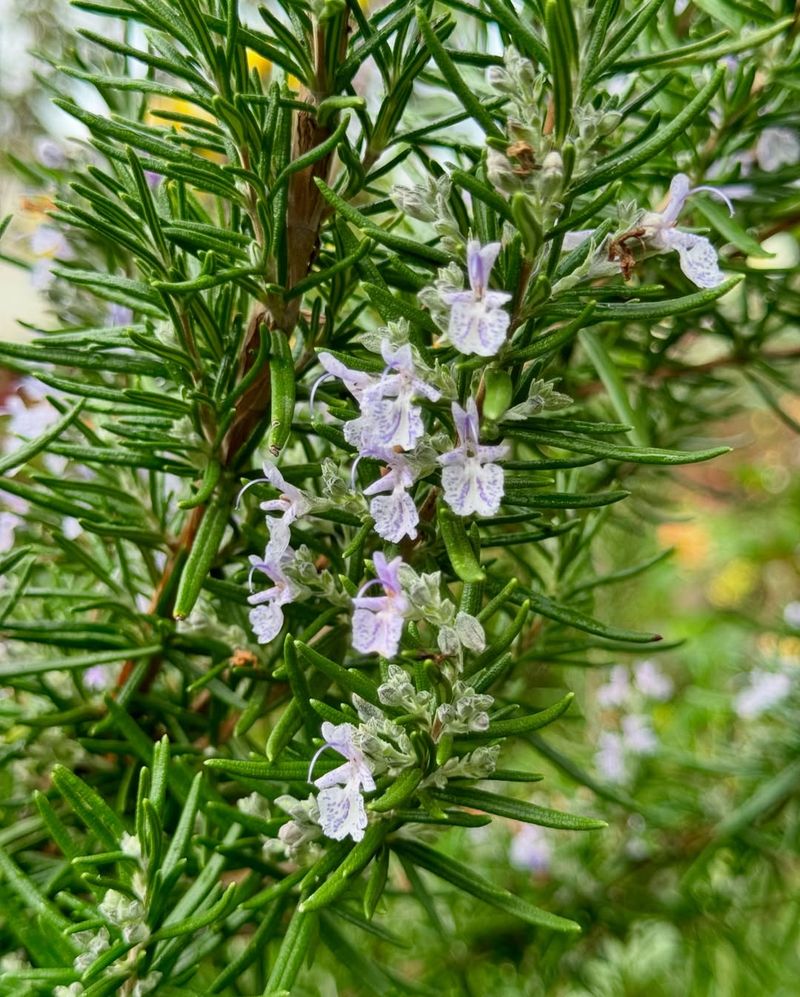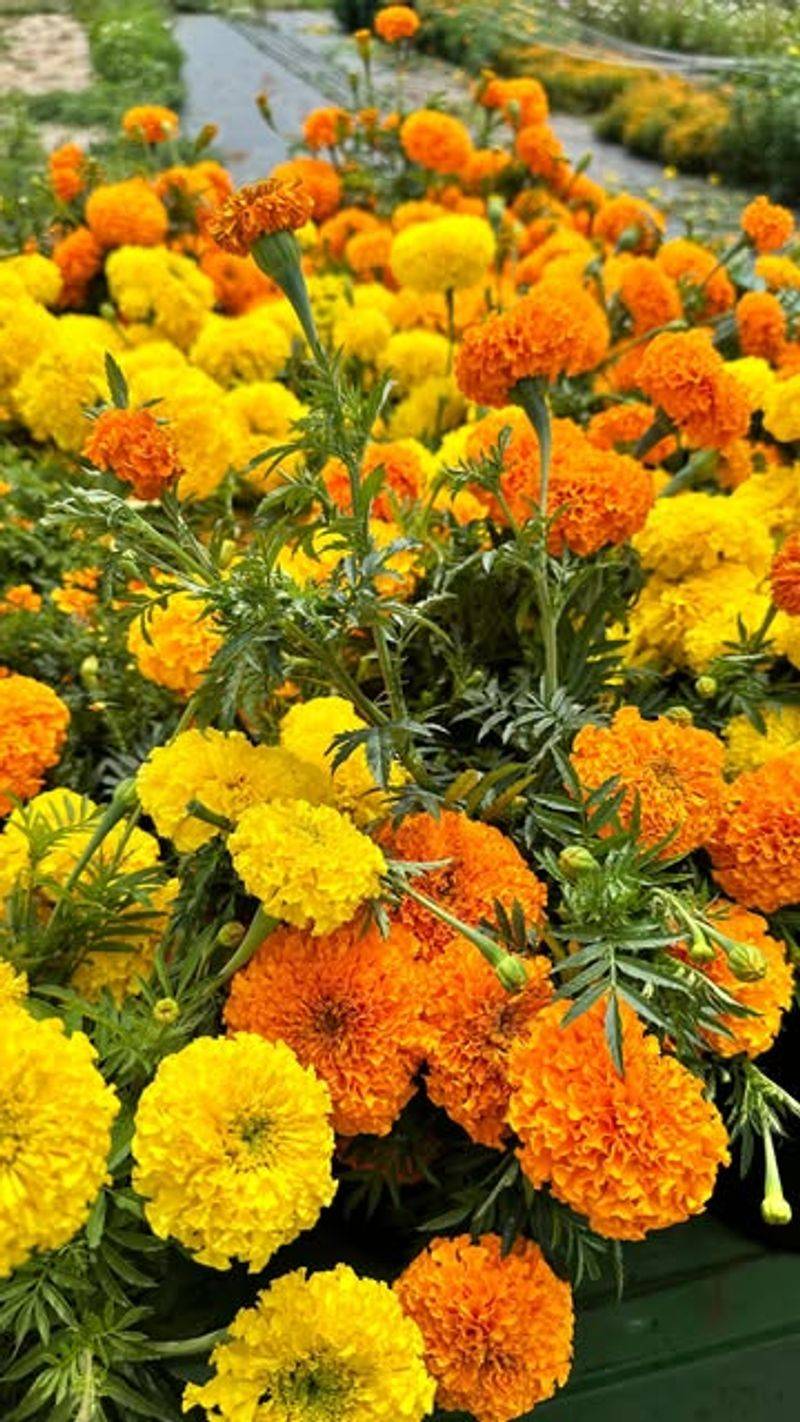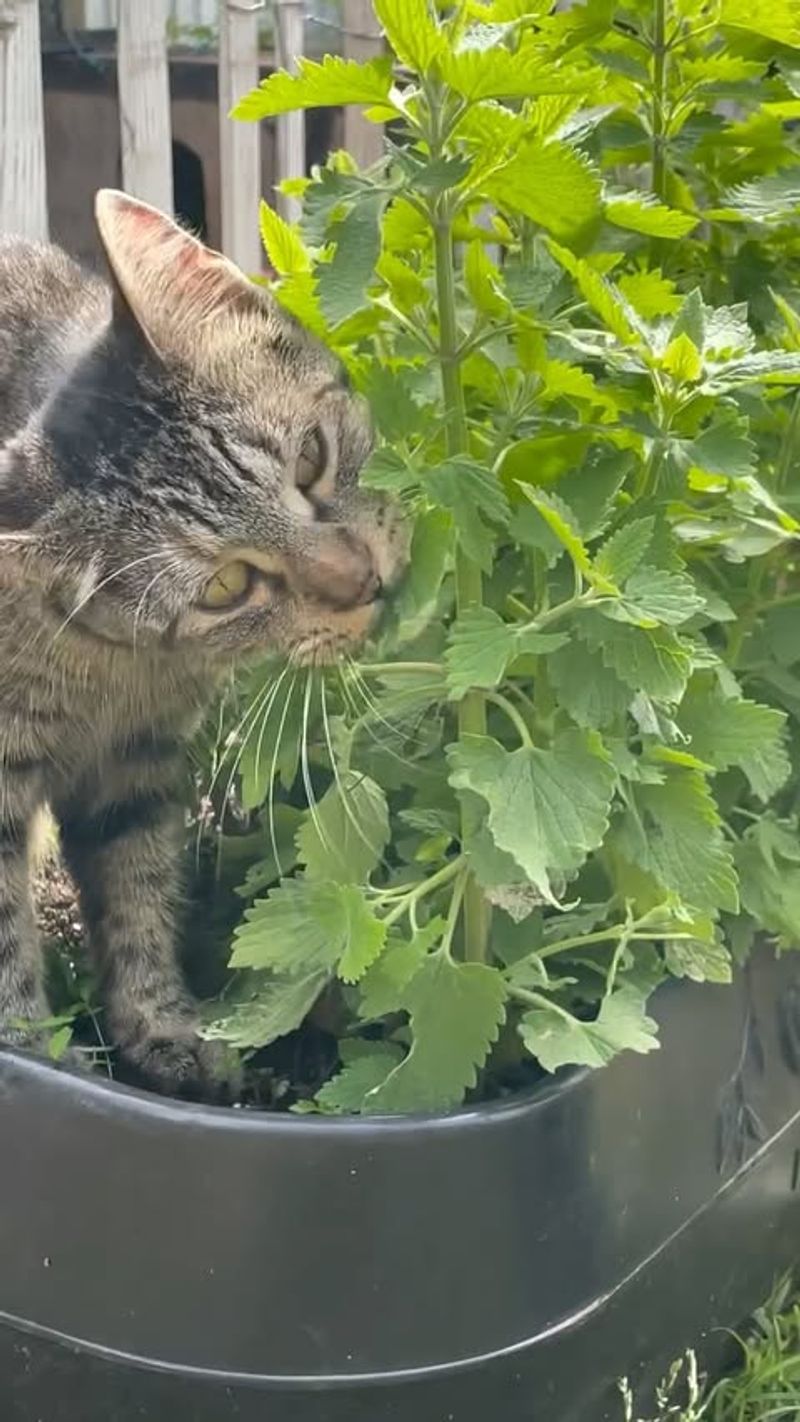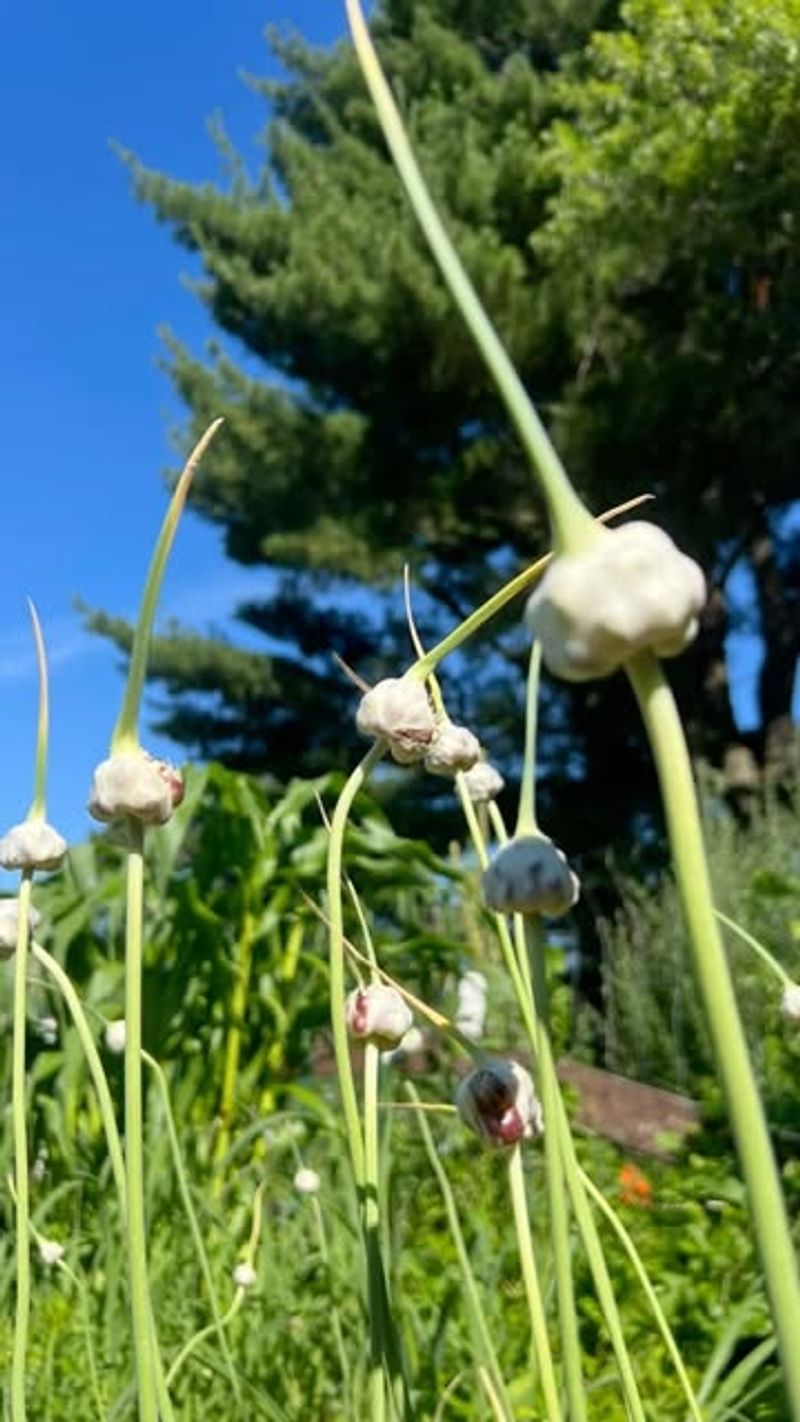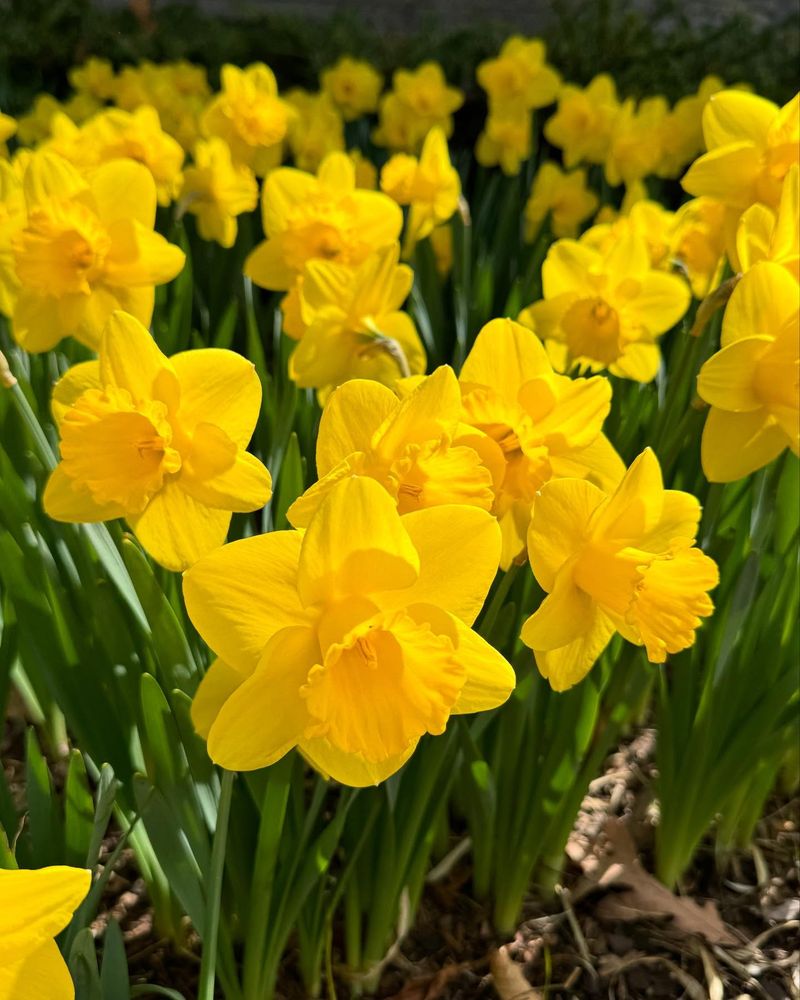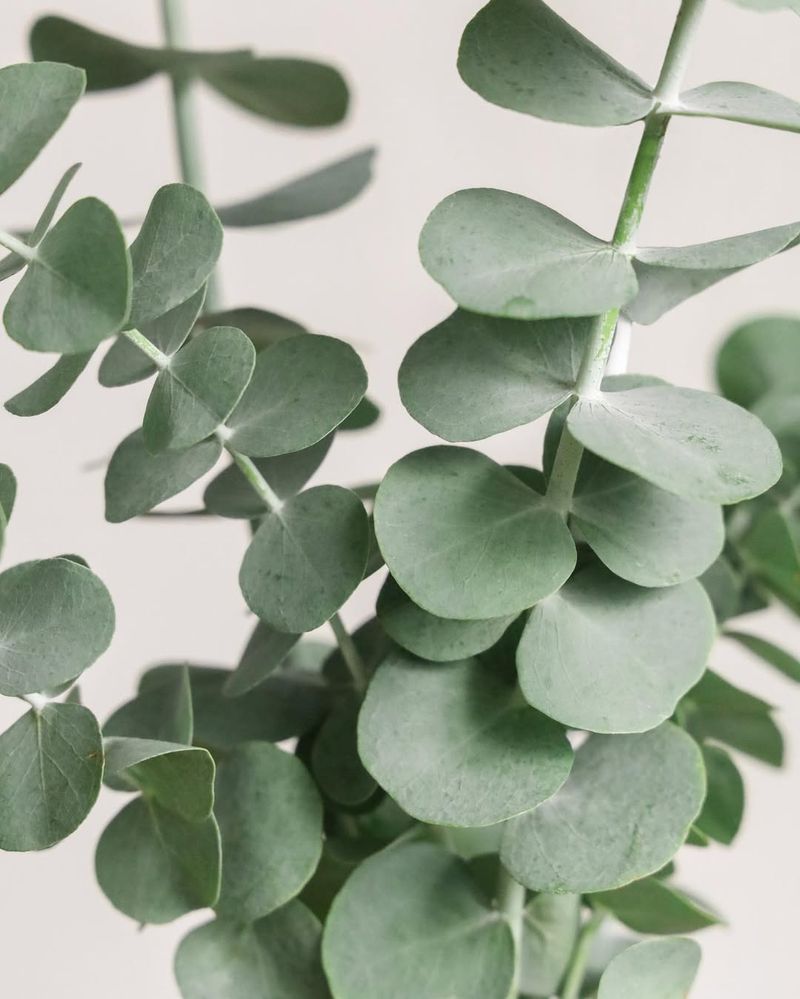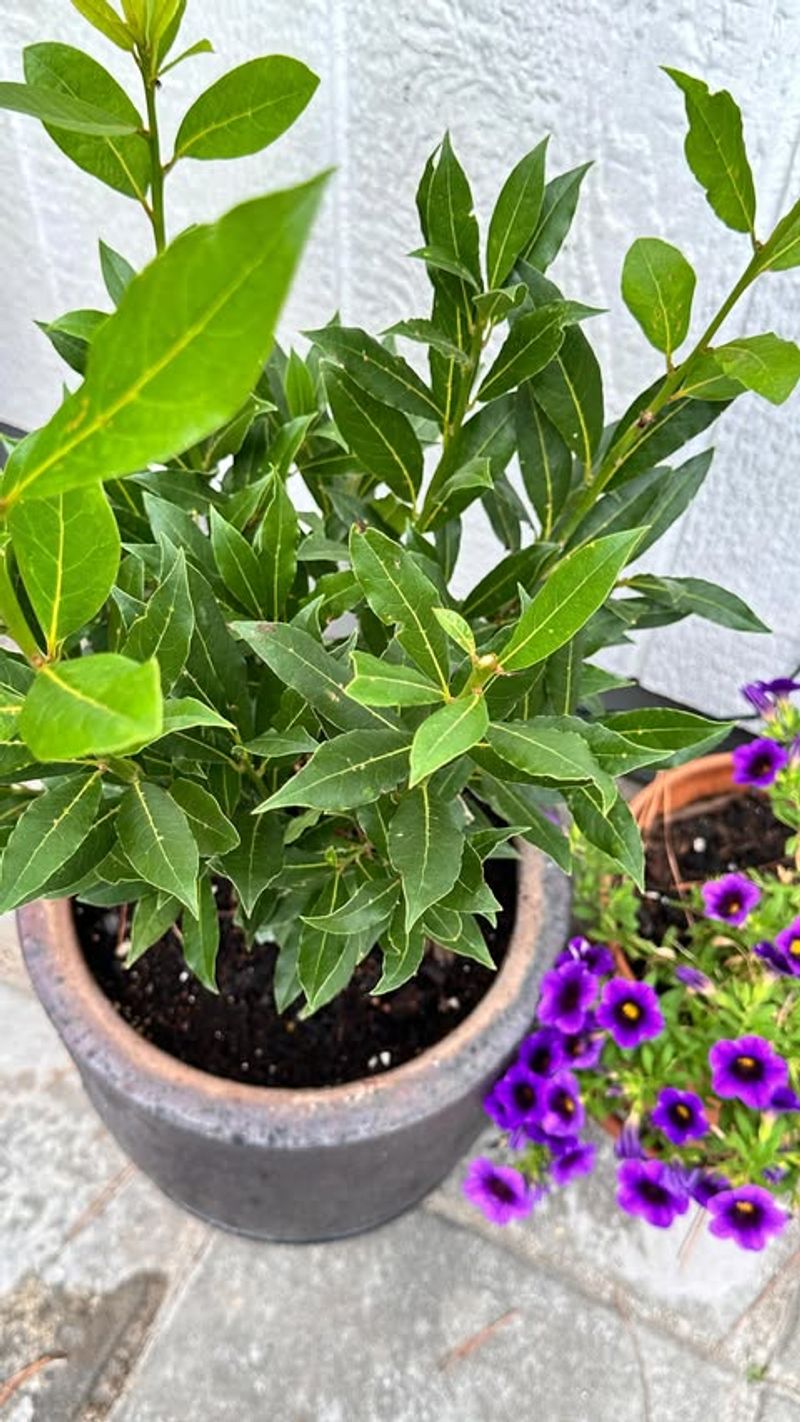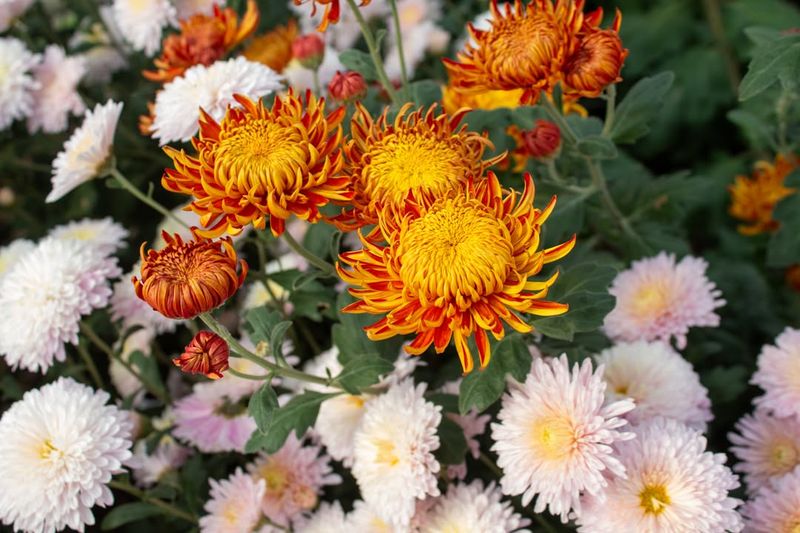Living in New York City means dealing with unwanted visitors, and mice are often at the top of that list. Many apartment dwellers and homeowners are turning to natural solutions instead of harsh chemicals or traps.
Plants can be a surprisingly effective way to keep these pesky rodents away while also adding greenery to your living space.
1. Peppermint
Strong minty aromas might smell wonderful to humans, but mice absolutely hate them. Peppermint plants release natural oils that overwhelm a rodent’s sensitive nose, making them turn around and flee.
Growing peppermint indoors is surprisingly easy, even for beginners. Place a few pots near entry points like doorways or window ledges where mice might sneak in.
Bonus benefit: you can harvest fresh leaves for tea or cooking whenever you need them. Just remember that peppermint spreads quickly, so keep it contained in pots rather than garden beds.
2. Lavender
Purple blooms and a calming scent make lavender a favorite among city gardeners. Rodents, however, find the fragrance completely unbearable and will avoid areas where lavender grows.
Brooklyn residents have been placing dried lavender sachets in closets and pantries for years with great success. Fresh plants work even better since they continuously release their protective oils into the air.
Lavender thrives in sunny spots, making it perfect for south-facing windows. Water it moderately and enjoy both pest control and relaxation benefits from this Mediterranean beauty.
3. Rosemary
Did you know this cooking herb doubles as a mouse deterrent? Rosemary’s woody scent and sharp, needle-like leaves create an environment mice prefer to avoid completely.
Manhattan chefs love keeping rosemary plants on their kitchen counters for quick access during meal prep. The strong aroma naturally keeps rodents away from food storage areas without any chemicals.
Rosemary needs plenty of sunlight and well-draining soil to flourish indoors. Trim branches regularly for cooking, which also encourages bushier growth and stronger scent production throughout your apartment.
4. Marigolds
Cheerful orange and yellow blooms brighten up any space while secretly working as natural pest guards. Marigolds produce a distinctive smell that mice find offensive, steering them away from your property.
Queens gardeners plant marigolds around building foundations and in window boxes to create protective barriers. The flowers contain compounds that irritate rodent senses without bothering people at all.
These hardy annuals grow easily from seeds and bloom throughout summer and fall. Plant them generously around potential entry points for maximum protection against unwanted furry intruders in your home.
5. Catnip
While cats go crazy for this plant, mice run in the opposite direction as fast as possible. Catnip belongs to the mint family and shares similar repellent properties that rodents cannot tolerate.
Ironically, if you have a cat, you get double protection since felines are natural mouse hunters. The plant itself releases oils that irritate mouse nasal passages, creating an invisible shield around your home.
Catnip grows vigorously with minimal care, thriving in sunny windowsills throughout the five boroughs. Just be prepared for your cat to show intense interest in this particular houseplant addition.
6. Garlic
Vampires and mice apparently have something in common: both despise garlic with a passion. The pungent sulfur compounds that give garlic its powerful flavor also make mice flee immediately.
Planting garlic cloves around your apartment perimeter creates a natural barrier that rodents refuse to cross. The Bronx community gardens have used this trick for generations with impressive results.
Garlic requires little maintenance and can even grow on partially shaded fire escapes. Harvest the bulbs for cooking after several months, then replant new cloves to maintain continuous protection year-round.
7. Daffodils
Springtime brings these cheerful yellow blooms to stoops and gardens across all five boroughs. Beauty aside, daffodils contain toxic alkaloids that mice instinctively recognize and avoid at all costs.
The bulbs are especially effective deterrents when planted near basement windows or ground-level entrances. Staten Island homeowners swear by daffodil borders around their foundations to prevent rodent invasions.
Plant bulbs in autumn for spring flowers that return year after year with minimal effort. Their natural toxicity means mice learn quickly to stay away, making them reliable long-term protection for your property.
8. Eucalyptus
Breathing easier might be great for humans, but mice find eucalyptus overwhelming and unpleasant. The powerful menthol-like scent irritates their respiratory systems, forcing them to search for more comfortable environments elsewhere.
Interior designers in trendy Williamsburg lofts have discovered eucalyptus serves dual purposes beautifully. Fresh branches in vases provide stunning decor while simultaneously keeping rodents at bay naturally.
Potted eucalyptus plants need bright light and occasional watering to thrive indoors. Crush a few leaves periodically to release more oils and strengthen the protective barrier around your living spaces.
9. Bay Leaves
Every Italian grandmother in Little Italy knows bay leaves belong in pasta sauce, but fewer realize they repel mice effectively. The aromatic oils in fresh bay leaves create an environment rodents absolutely refuse to inhabit.
Tuck dried bay leaves into pantry corners, drawers, and cupboards where mice might seek shelter. Fresh plants work even better, releasing continuous protection while providing leaves for your cooking adventures.
Bay laurel plants adapt well to indoor conditions with moderate light and watering. Harvest leaves as needed, knowing each one removed encourages new growth and maintains strong scent levels throughout your space.
10. Chrysanthemums
Fall brings spectacular mum displays to bodegas and flower shops throughout the city. Beyond their beauty, chrysanthemums contain pyrethrin, a natural compound that insects and rodents find absolutely intolerable.
Upper East Side residents place pots of mums near building entrances during autumn months for seasonal color and pest control. The flowers create a natural chemical barrier that mice recognize and respect immediately.
Mums prefer cooler temperatures and bright light, making them perfect for autumn placement on balconies or stoops. Their protective properties last throughout their blooming period, offering weeks of natural rodent deterrence for your home.

